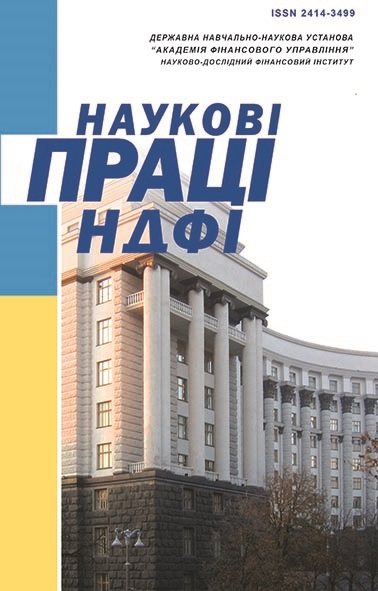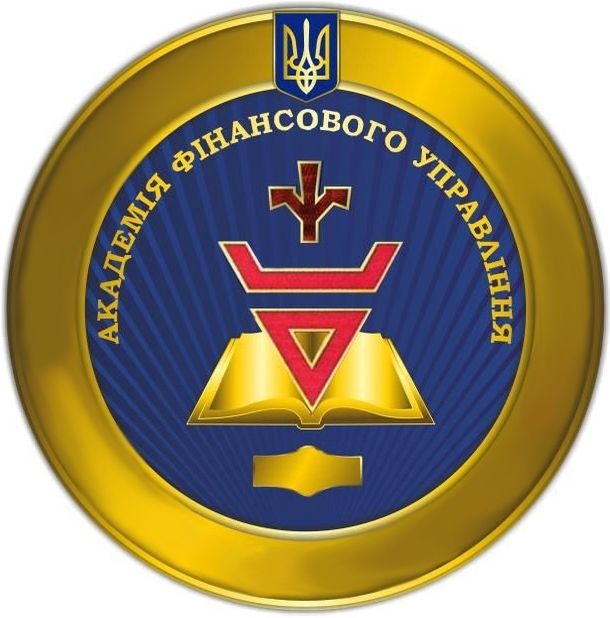
|
№ 1/2021
2. Okseniuk, O. I. (2015). Fiscal efficiency of value added tax in Ukraine (PhD Thesis). Lviv: Ivan Franko National University of Lviv. Retrieved from docplayer.net/66797657-Ministerstvo-osviti-i-nauki-ukrayini-lvivskiy-nacionalniy-universitet-imeni-ivana-franka-oksenyuk-oksana-igorivna.html#show_full_text [in Ukrainian]. 3. Filippova, N. V. (2017). Harmonization of value added tax in the context of the implementation of foreign financial policy of the state (PhD Thesis). Kramatorsk: Institute of Industrial Economics of the National Academy of Sciences of Ukraine. URL: www.dgma.donetsk.ua/docs/nauka/vcheni_rady/12.105.03/aref52.pdf [in Ukrainian]. 4. Yaschenko, K. V. (2005). Harmonization of the tax legislation of Ukraine with the legislation of the European Communities on indirect taxation (PhD Thesis). Kyiv: KNEU [in Ukrainian]. 5. Deloitte. (n. d.). Harmonization of Ukrainian legislation with EU law (Press releases). Retrieved from www2.deloitte.com/ua/uk/pages/press-room/press-release/2019/eu-regulatory- approximation.html [in Ukrainian]. 6. State Treasury Service of Ukraine. (2021). Receipt and reimbursement of VAT. Retrieved from www.treasury.gov.ua/ua/file-storage/2021 [in Ukrainian]. 7. EU Council. (2006, November 28). Directive 2006/112/EC on the common system of value added tax. Retrieved from zakon.rada.gov.ua/laws/show/994_928#Text [in Ukrainian]. 8. European Commission. (n. d.). VAT rates applied in the Member States of the European Union (Situation at 1st January 2020). Retrieved from ec.europa.eu/taxation_customs/sites/taxation/files/resources/documents/taxation/vat/how_vat_works/rates/vat_rates_en.pdf. 9. European Commission. (n. d.).Taxation and Customs Union. VAT rates. Retrieved from ec.europa.eu/taxation_customs/business/vat/eu-vat-rules-topic/vat-rates_en. 10. Ukraine, & EU. (2014, June 27). Association Agreement between Ukraine, of the one part, and the European Union, the European Atomic Energy Community and their Member States, of the other part. Retrieved from zakon.rada.gov.ua/laws/show/984_011#Text [in Ukrainian]. 11. European Commission. (2014). External reference pricing of medicinal products: simulationbased considerations for crosscountry coordination (Final Report). Retrieved from ec.europa.eu/health/sites/health/files/healthcare/docs/erp_reimbursement_medicinal_products_en.pdf. 12. GLI. (n. d.). Pricing & Reimbursement 2020. Germany. Retrieved from www.globallegalinsights.com/practice-areas/pricing-and-reimbursement-laws-and-regulations/germany. 13. Heuking, K. L. W. (2018, June 28). Regulatory, Pricing, and Reimbursement. Retrieved from pharmaboardroom.com/legal-articles/regulatory-pricing-and-reimbursement-germany/. 14. Bukhankin, G. (2012). Some aspects of pricing abroad. Planning and Economic Department, 4. Retrieved from www.profiz.ru/peo/4_2012/ceny_za_rubezhom/ [in Russian]. 15. Danylyshyn, B. (2018, November 11). Personal expert commentary on media inquiries. Facebook. Retrieved from www.facebook.com/permalink.php?story_fbid= 2074744765941649&id=100002184378189 [in Ukrainian]. 16. Copenhagen Economics. (2007, June 21). Study on reduced VAT applied to goods and services in the Member States of the European Union (Final report). Retrieved from ec.europa.eu/taxation_customs/sites/taxation/files/resources/documents/taxation/vat/how_vat_works/rates/study_reduced_vat.pdf. 17. European Commission. (2008, June 25). The use of differential VAT rates to promote changes in consumption and innovation (Final report). Retrieved from ec.europa.eu/environment/enveco/taxation/pdf/vat_final.pdf. 18. Committee for Economic Development. (2017, October). Regulation & the Economy. The Relationship & How to Improve It. Retrieved from www.ced.org/pdf/CED_Report-Regulation_and_the_Economy2.pdf. 19. OECD. (2014). The Governance of Regulators, OECD Best Practice Principles for Regulatory Policy. Paris: OECD Publishing. doi.org/10.1787/9789264209015-en 20. Moroz, I. (2021, January 25). A decrease in the VAT rate on the sale of a number of agricultural products will lead to an increase in the cost of production up to 5% and a drop in the profitability of processors by 50-70% - business and company amalgamations. Retrieved from ukranews.com/news/752462-snizhenie-stavki-nds-na-realizatsiyu-ryada-vidov-selhozproduktsii-privedet-k-rostu-sebestoimosti [in Russian]. 21. VAT calculator online. (n. d.). VAT in Germany. Retrieved from https:// ndskalkulyator.ru/nds-v-germanii/ [in Russian]. |
|
|
|
|
THE ACADEMY OF FINANCIAL MANAGEMENT |

|
|
|



